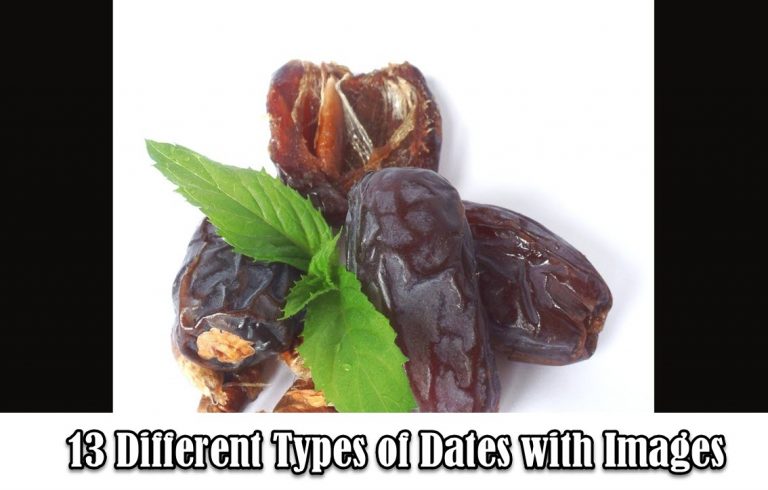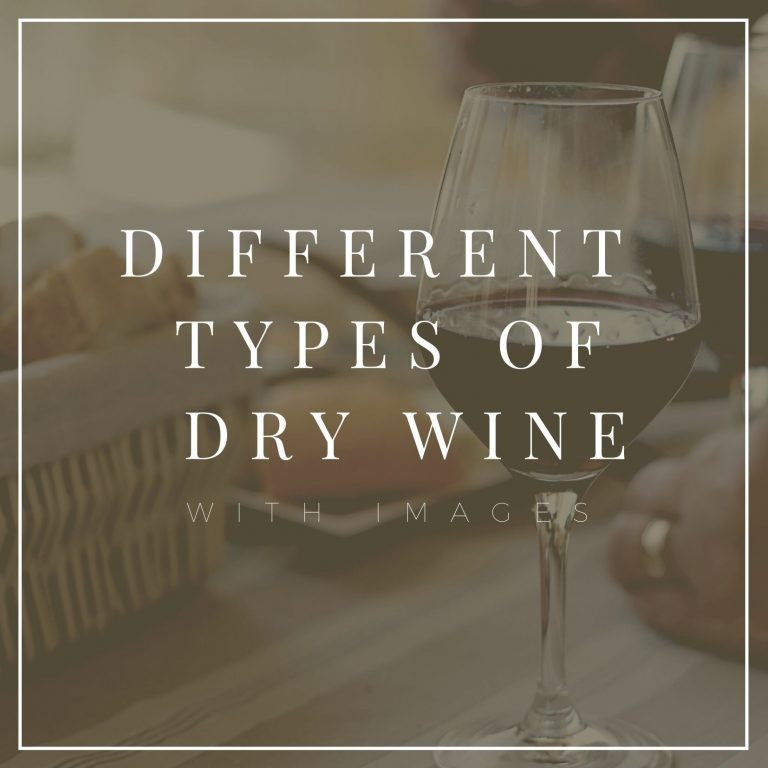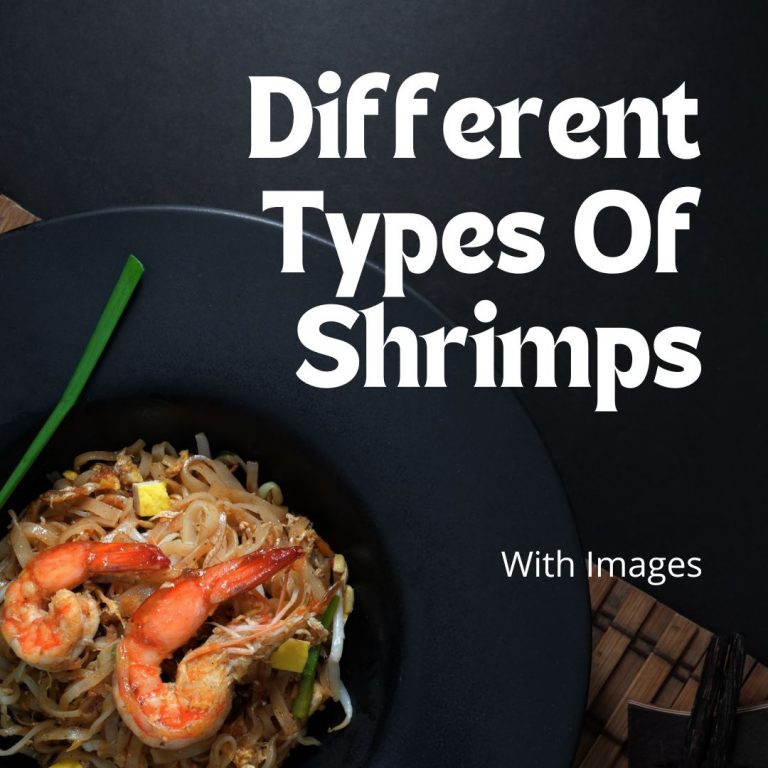7 Different Types of Cherimoya with Images

Cherimoya, known as a custard apple and chirimuya by Inca people, is an edible-flowering plant from the family Annonaceae. Scientifically known as Annona cherimola, this cone-shaped fruit has a green and scaly skin with a creamy and sweet flesh. Its sweet taste has a resemblance to tropical fruits like banana and pineapple. It is considered as one of the finest fruits around the world, according to botanist Berthold Carl Seemann.
The cherimoya trees most likely bear light green and fleshy flowers. These flowers have strong aromatic odor, three fleshy and oblong petals, and three pinkish inner petals. The flowers usually grow on the branches of the cherimoya trees opposite to the leaves. They often measure from to small to medium size. The flower pollen is a shed as a constant quadruplet.
Aside from its mouth-watering taste, cherimoya fruits contain various nutrients essential for the human body. Cherimoya is rich in vitamins, minerals, and fiber. The fruits are also slightly acidic with soluble sugar content. However, this kind of fruit must be consumed moderately as it contains toxins that can damage our nervous system. In fact, the fruit seeds are poisonous when cracked and eaten.
Cherimoya trees are usually grown in tropical regions around the world, including Spain. It was recently reported that this genus originated in Central America. But it was believed to be native to Chile, Peru, Columbia, Ecuador, and Bolivia. Cherimoya plants are best grown in areas with high altitude climates. The higher the altitude, the greater chance for the Cherimoya seeds to germinate.
The cherimoya fruits are classified according to their surface irregularities such as:
- Concha Lisa – with a smooth and hard to distinguish areola
- Impressa type- have “fingerprint” depressions
- Umbonata – with rounded protrusions at the tip of the areole
- Mamilata – with a bump that looks like a nipple
- Tuberculata – with wart-like tip
The different types of chirimuya or cherimoya fruit are classified according to their texture, flavors, acidity, and shapes. And of these varieties have one in common— which is having various inedible glossy and hard seeds. The single seed can measure from 1-2 cm long.
Here are some of the most popular types of Cherimoya that are available in the market today, that can also be grown at home.
Different Types of Cherimoya
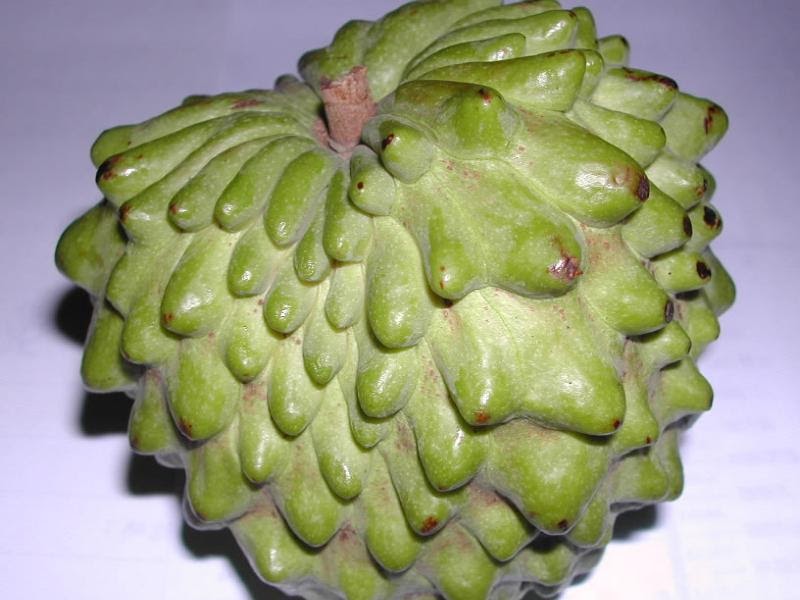
Atemoya
It is a round or heart-shaped cherimoya variety with a delicate and bumpy skin cherimoya cultivar that is native to American tropics. Scientifically known as Annona × atemoya (annona squamosa atemoya), this variety is a cross of A. squamosa and A. cherimola –the cherimoya and the sugar-apple. Atemoya is rarely self-pollinating and therefore, hand pollination is often needed to produce high quality atemoya fruits. This variety is popular in Taiwan which the locals refer to as the pineapple sugar apple. This fruit is called anón in Cuba, chirimorinon in Venezuela, and achta in Israel and Lebanon.

Sugar Apple
Sugar apple or also known as Annona Squamosa is a small shrub that bears delicious fruits called the sweetsops or sugar-apples. This type of cherimoya is known in tropical markets. Its pulp or flesh is color white and is sweet in taste. Its greenish-yellow flower has three green outer petals that are purplish at the base. It has thin, alternate, and simple leaves that are 5-17 cm long and 2-4 cm wide. This variety of cherimoya is native to the West Indies and tropical Americas. The fruit is now widely cultivated in tropics and warmer tropics area like Taiwan, Thailand, Indonesia, and southern Asia.
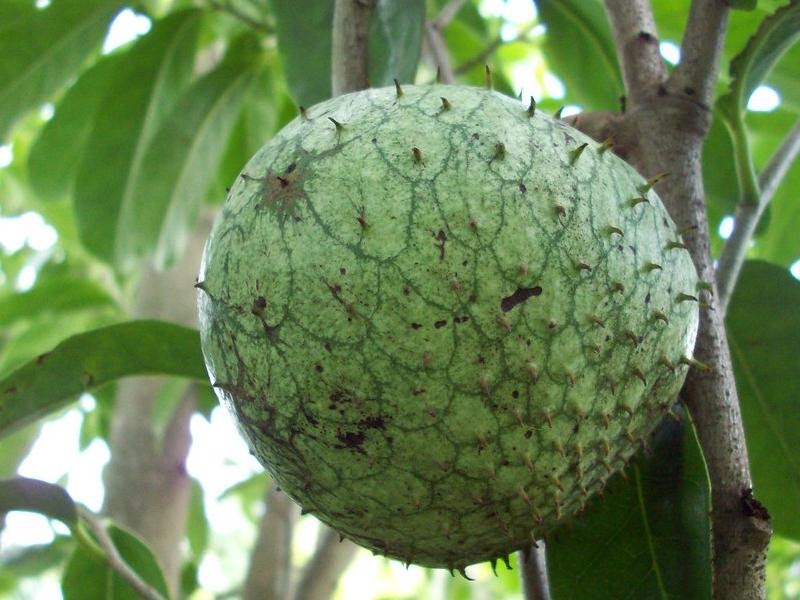
Mountain Soursop ( Annona Montana / fino de jete cherimoya / cherimoya annona )
These are fibrous edible fruits native to the amazon, Central America, and various islands in the Caribbean. The fruit is round in shape, has a flesh yellow color like a lemon and a light green or yellow skin when ripened. It has a mixture of sour and bitter taste. The annona montana tree has a resemblance to Annona muricata, but is harder. Its crown also spreads more compared to the latter and the leaves are glossy. The fruit is a best source of Potassium, Iron, Calcium, Folate, Vitamin B1, B2, B3, and C.
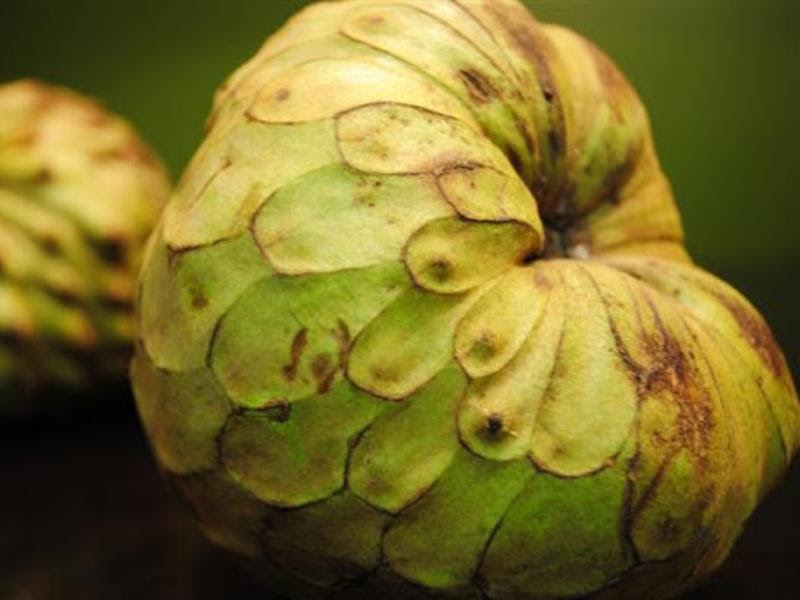
White Cherimoya
White cherimoya trees normally grow up to 30 feet in height and bear fruits that are smaller compared to other varieties. The fruit contains juicy white flesh that has a very sweet flavor like a papaya. This edible fruit is available at the farmers market or grocery store.

Pierce Cherimoya
This kind of cherimoya is juicy and has a tropical flavor. The pierce tree is slightly bigger compared to other cherimoyas, and it was known to be native to Peru, Ecuador, and Northern Andress. This variety is also cultivated in some parts of Mexico.
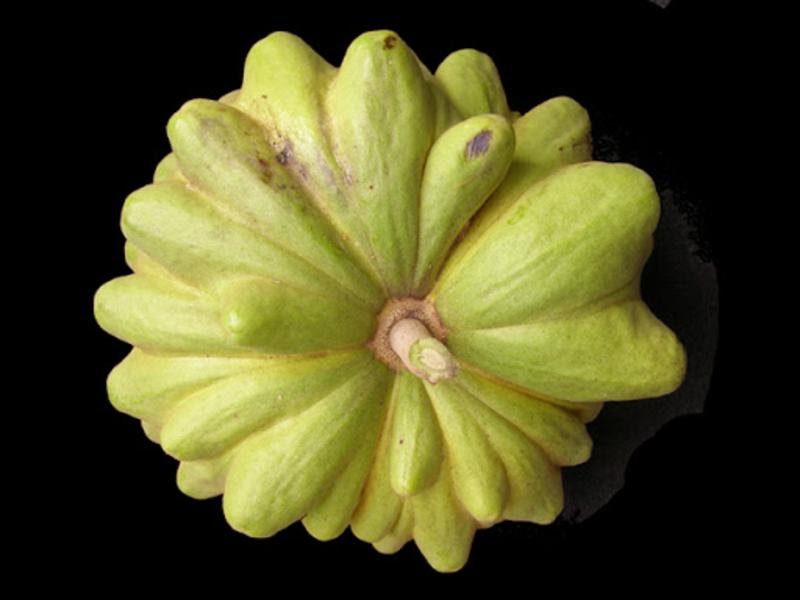
El Bumpo
This green and bumpy cherimoya variety is considered a “fruit that tastes heaven” along with the other cherimoya varieties. The El Bumpo tree produces large fruits that have incredible and creamy taste. This is among the 15 cherimoya varieties included in the tasting taste held at UC South Coast Research and Extension Center attended by UC Master Gardeners and members of California Rare Fruit Growers.
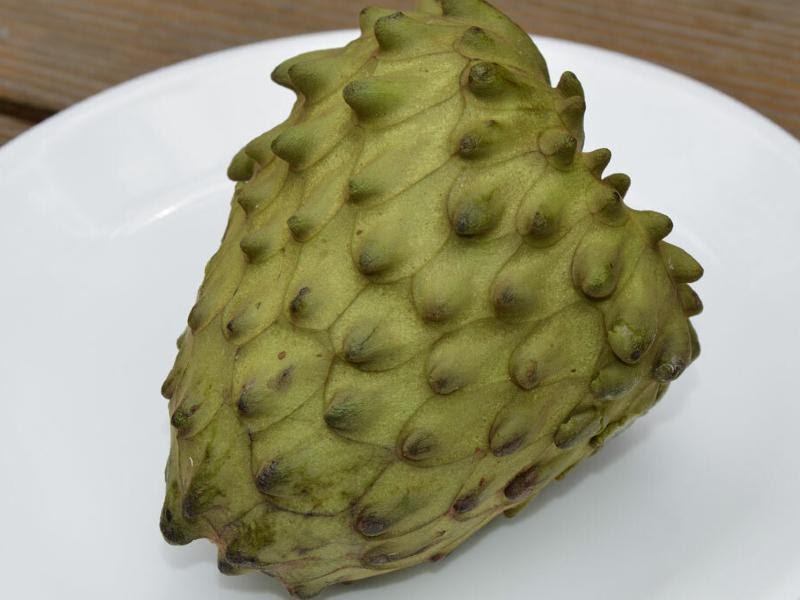
McPherson cherimoya
Is among the leading cultivars in California with a darker green skin, with lesser seeds. It tastes sweet and is similar to a banana but McPherson trees bear high quality cherimoyas that have a medium to large size. The abundance of the fruits usually occurs during midseason.
